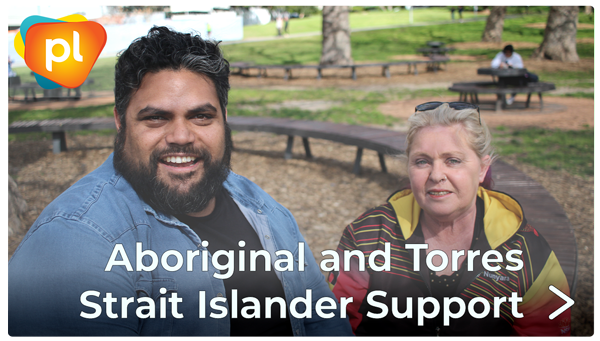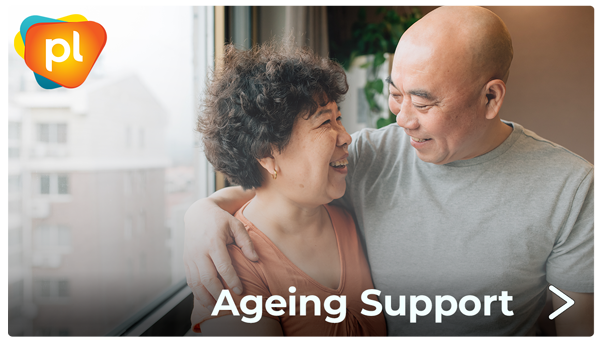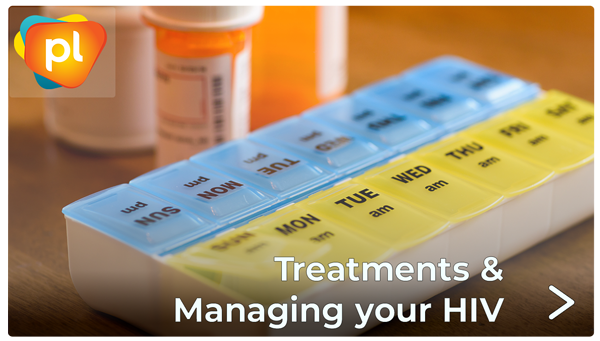
When I was first diagnosed with HIV in 1984, it was all about decisions and choices you needed to make before you died. I skipped that one. Then it was about starting AZT. I also skipped that one – well after we realised the dose for AZT was both wrong in quantity and frequency.
By the time I started treatment, we knew we needed to take more than one medication to stop the virus developing resistance, and highly active antiretroviral therapy (HART) was introduced. HART was a combination of three or more drugs to fight HIV, along with a long list of side effects. The drugs were far from perfect and while they did the job of controlling the virus, they also did some pretty awful damage.
One of the most troubling side effects for some was the redistribution of fat from some parts of the body to other areas. While I missed that one as well, I saw the devastating effects it had on positive people who were already stigmatised and discriminated against because of their HIV status. While I started on one of these drugs, the side effects for me were so intolerable, I stopped after taking two doses.
Even though the alternative drug had AZT in the combination, it was at a much safer level without all the side effects I had witnessed in other people living with HIV. While I knew it was safer and even with assurances from my trusted doctor, it did not relieve my fears or anxiety about AZT. At that time, a different drug in my combination did cause lasting damage to the nerves in my feet and still causes me pain and discomfort today.
Around that time, I remember being at a World AIDS Day event talking with a HIV-positive friend with obvious signs of the effects of medication in his face. I was with a man who has since become my partner. He asked us how long we had been together. At the time, we said the relationship was still undefined but we’d known each other for about eight months. He responded how much he wished he could just meet somebody. This kind of pain does not disappear easily. The ability to love and the feeling of being loved is so important to many of us.
Thankfully for me, AZT was to become the mainstay of my treatment for the next seven years with no serious side effects or outcomes. Looking back, despite my very real but misplaced fears, I know now the drug kept me alive.
However, the fears of side effects, and damage to life and reputation, lives on in our stories with each other. It also lives with the doctors who were prescribing these medications in good faith at the time to keep us alive. Even today there remains a level of caution and fear. When I started AZT, taking that first pill was a real struggle even though the evidence was clear there was little choice if I wanted to live.
As a HIV veteran and a specialist HIV nurse, I understand how our history has contributed to a high level of caution in the community and clinicians alike. However, today I am also seeing a very different picture.
Today’s picture is based on sound ethical science that has learnt a lot of lessons from the past. Today, the research and technologies of HIV medicine is reaching incredible heights. These past outcomes have elevated our understanding of HIV and how we treat and manage the virus now. Today, particularly in Western countries, HIV medicine delivers people living with HIV amongst the most hopeful and successful health outcomes for what has been a deadly virus.
I have witnessed firsthand US programs which start people on treatments within 24 hours of a new HIV diagnosis. I recently attended a conference on the latest advances in managing people living with HIV long term. I take some salient messages from this high-level science gathering. Living with HIV still brings challenges but one thing is crystal clear. Leaving the virus untreated for any length of time is no answer.
Immediate treatment of HIV holds the best and strongest chance for our long term health. If I was diagnosed today, the one question I’d be focusing on is what’s in it for me? I’d want my body and immune system in the best possible position it could be in for when a cure arrives. There is no exact answer to when we will see a cure but I trust science and the scientists and am confident it’s coming closer.
The damage HIV does to our bodies now far outweighs any of the shorter-term side effects of medication. The longer the virus has to become an established infection in our bodies, the more damage it will do to us in the short and long term. Stopping the virus from replicating, reduces the risk that come from long-term damage that high levels of inflammation causes to our bodies and brains from living with untreated HIV. This damage may not be reversed even with a cure. The evidence of the benefits of treating immediately is far greater than not treating.
If you have fears or reservations about immediate treatment commencement after diagnosis or being on treatment, then it’s time to take control and end HIV replication within your body and reduce or remove the risk of transmission to others. Seize the moment and start the conversation with your doctor and trusted friends.
One Comment
Comments are closed.







Insightful as always! I was diagnosed in Sept. 2014 I reached undetectable status in two months and have had great success with HART medications . When I first received my diagnosis I thought the worse like many “individuals” however in the process of meeting long term survivors , I have found: strength in numbers, courage, and the motivation need to continue fighting. Thank you for your insight.